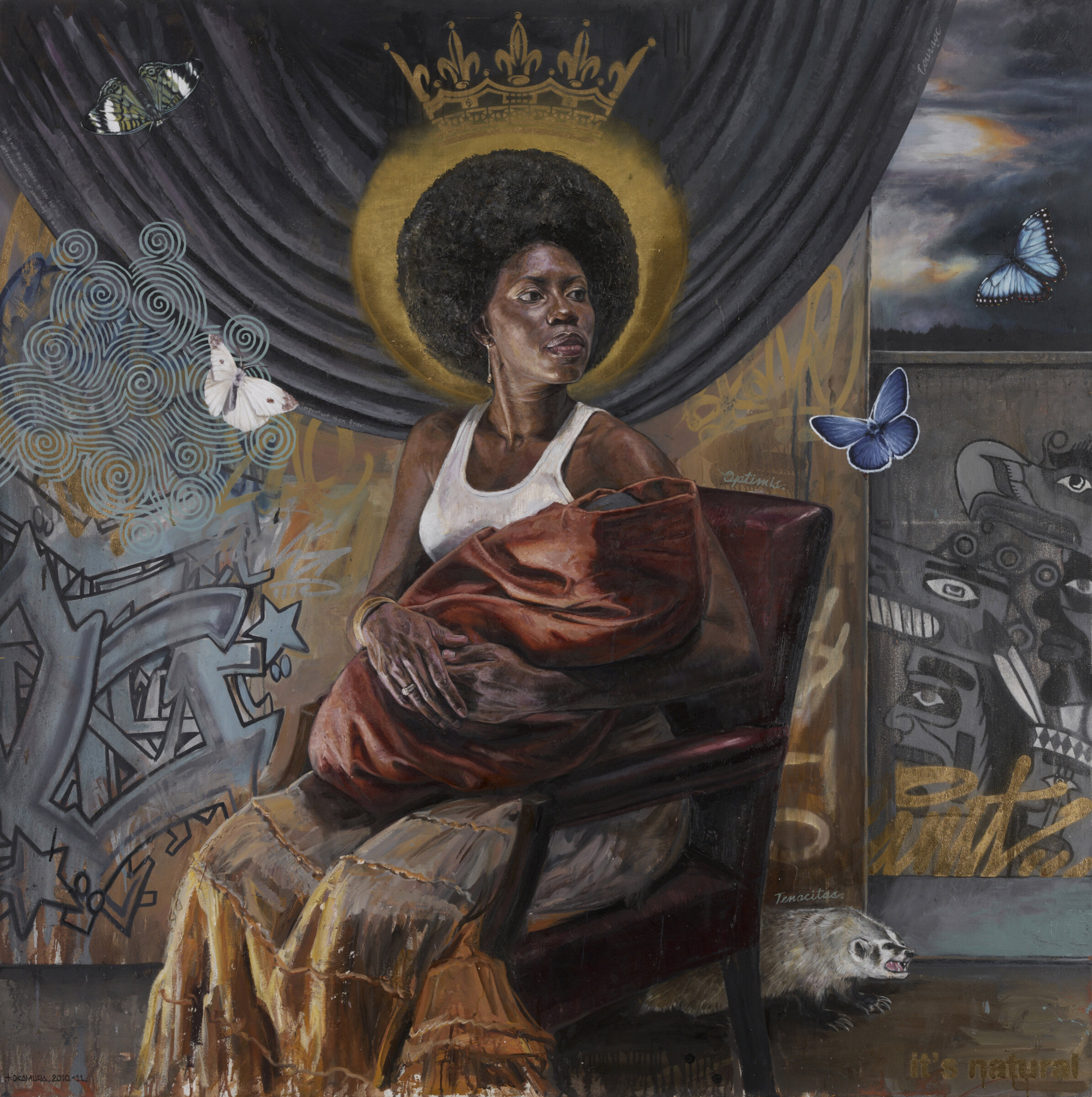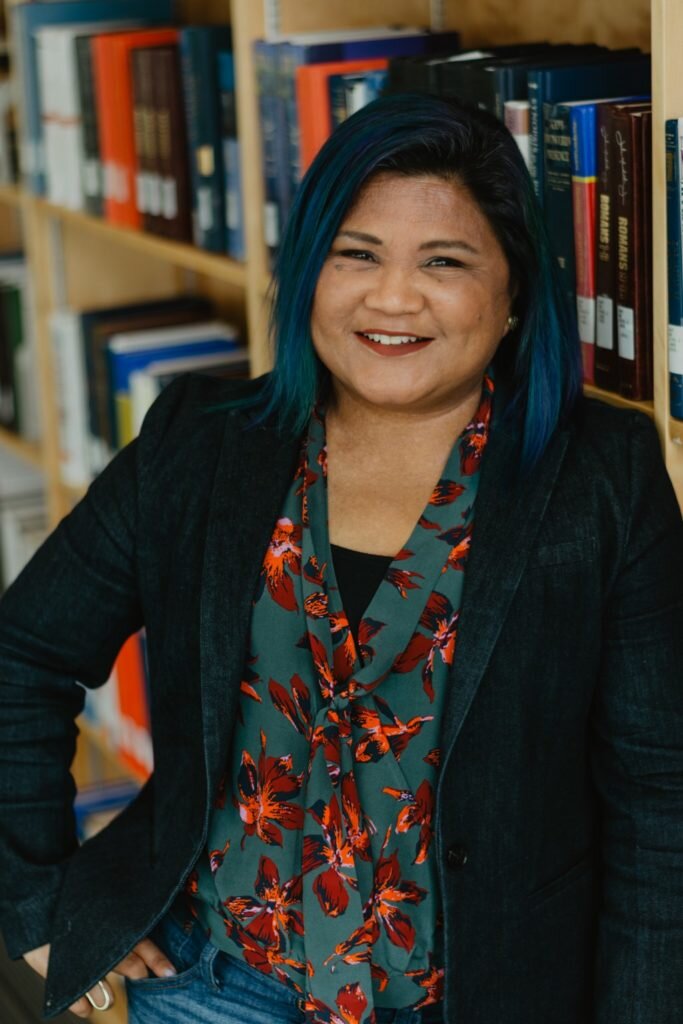Looking back at 50 years of ministry, Tim Keller says this about the Western church: “While many Christian leaders were bemoaning the cultural changes, Western churches continued to minister as before – creating an environment in which only traditional and conservative people would feel comfortable … All they preached and practiced assumed they were still in the Christian West, but the Christian West was vanishing.”[1] The church got stuck moving to the same rhythms, singing the same songs, year after year until the world around them no longer understood the melody. Today, as non-Hispanic whites already are less than 50 percent of the youth population in 632 of America’s 3,142 counties, worship leaders like Sandra Van Opstal introduce us to The Next Worship.
This is not about updating the playlist for relevancy or belittling the old hymn. It is about worship that captures the full picture of God’s Church, His mestizo people. How do we worship God in a diverse world? Should a monocultural church really sing songs in different languages? What forms of leadership do we need to make the diversity of the Church plain in our context? What if we don’t have the musicians to pull this off? We explore these questions and more with your host Emanuel Padilla and our guest, author Sandra Maria Van Opstal.
About Sandra Maria Van Opstal
Sandra Maria Van Opstal
Sandra Maria Van Opstal, a second-generation Latina, is co-founder and Executive Director of Chasing Justice and lives on the west-side of Chicago with her husband and two boys. She is a preacher, liturgist and activist reimagining the intersection of worship and justice. Sandra served with Urbana Missions Conference, Chicago Urban Program, and Latino National Leadership Team (LaFe) of InterVarsity. Sandra’s influence has also reached many others through preaching globally on topics such as worship and formation, justice, racial identity and reconciliation. Sandra currently serves as Content Director for the Justice Conference, is a board member for CCDA and holds a Masters of Divinity from Trinity Evangelical Divinity School. Her most recent books include Still Evangelical and The Next Worship.
Footnote
[1] Timothy Keller, Center Church: Doing Balanced, Gospel-Centered Ministry in Your City, 8.9.2012 edition (Grand Rapids, MI: Zondervan, 2012), p. 253.










